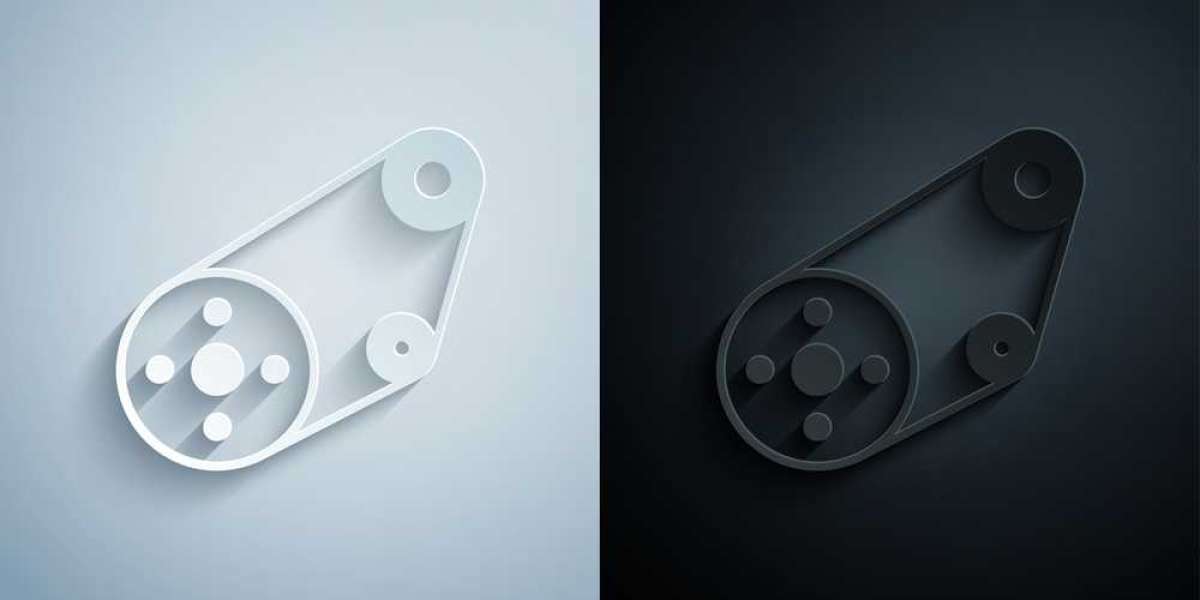Introduction
As industries attempt to implement more sustainable practices, the emphasis on energy efficiency, resource conservation, and waste reduction has never been higher. The timing belt is an often ignored component that is critical to achieving these aims.
This critical component of machinery not only ensures proper functioning but also makes a substantial contribution to the sustainability of production processes.
In this blog, we'll look at how timing belts are important in sustainable manufacturing and what benefits they provide.
Understanding Timing Belts
Timing belts are mechanical components that coordinate the rotation of shafts in equipment, ensuring that all elements function together properly. Timing belts are made of high-quality materials like rubber or polyurethane and have teeth that fit into grooves on pulleys.
This design minimizes sliding and maintains exact timing, which is critical for the proper operation of many devices, including automotive engines and industrial conveyor systems.
Enhancing Energy Efficiency
Timing belts provide a significant contribution to sustainable manufacturing by increasing energy efficiency. Timing belts help to reduce energy loss during operation by providing accurate synchronization.
Unlike chains, which can slip and misalign, timing belts maintain a strong hold on pulleys, resulting in excellent power transfer. This efficiency translates into decreased energy usage, which reduces both operational costs and the carbon footprint of manufacturing processes.
Reducing Material Waste
Sustainability also means reducing waste, and timing belts play an important role in this regard. High-quality timing belts last longer than typical mechanical drive systems, thus they need to be replaced less frequently.
This lifespan lowers material waste caused by frequent replacements, as well as the demand for raw resources utilized to manufacture new belts. Furthermore, many new timing belts are produced from recyclable materials, which adds to the circular economy.
Lowering Maintenance and Downtime Costs
Timing belts' reliable functioning can greatly reduce industrial maintenance expenses. Timing belts are less prone to wear and tear than other mechanical systems, therefore they require less regular maintenance.
This dependability decreases downtime, allowing manufacturers to maintain high productivity levels. Less downtime equals fewer production disruptions, which leads to better resource and labor utilization.
Supporting Innovation in Manufacturing
The use of modern technology into timing belt design has cleared the path for novel manufacturing methods. For example, developing timing belts using modern materials like aramid fibers or carbon-reinforced plastics improves durability and performance.
These advances not only enhance machinery efficiency, but also help businesses comply with severe environmental requirements and standards.
Impact of Predictive Maintenance
Another important part of sustainable manufacturing is the implementation of predictive maintenance procedures. Timing belts with sensors can provide real-time information on their condition and performance.
This data enables manufacturers to foresee probable faults and provide maintenance just as needed. Companies that prevent unexpected breakdowns can streamline their maintenance plans, decrease waste, and improve overall operational efficiency.
Conclusion
Finally, timing belts play an important role in sustainable production by increasing energy efficiency, decreasing material waste, lowering maintenance costs, and promoting new solutions. As industries pursue sustainability, the significance of these seemingly minor components cannot be stressed. Investing in high-quality timing belts not only improves industrial efficiency, but it also correlates with the global drive toward sustainable practices.
As firms seek for methods to enhance their operations, thinking about the role of timing belts in their machinery could be a big step toward attaining their sustainability goals. Companies that use the correct timing belts may assure a smoother, more efficient, and environmentally friendly manufacturing process, paving the way for a more sustainable future.






